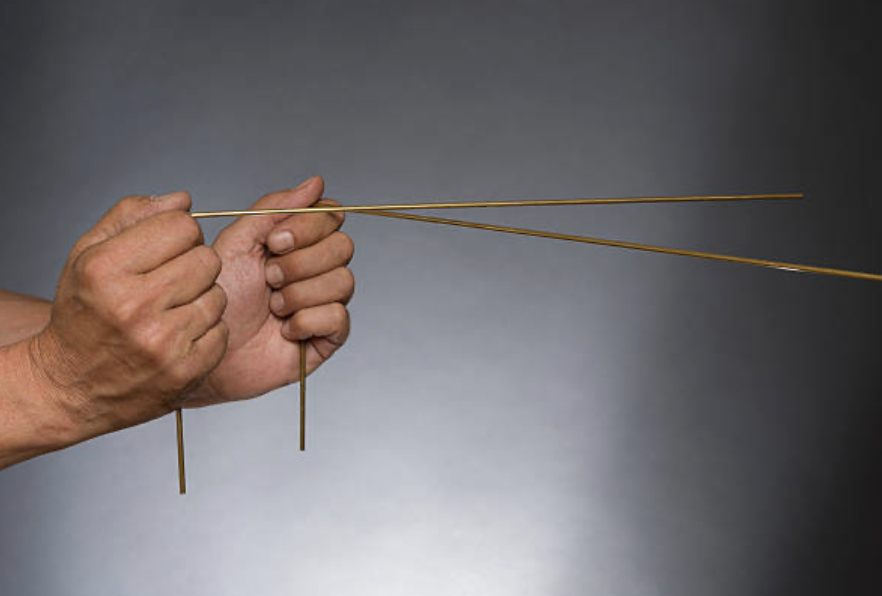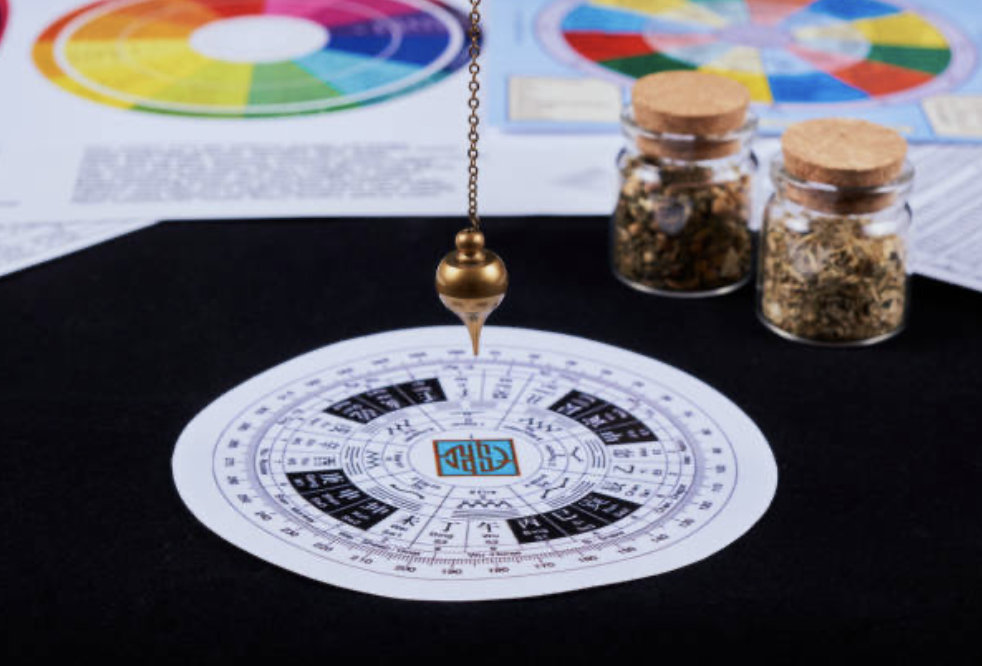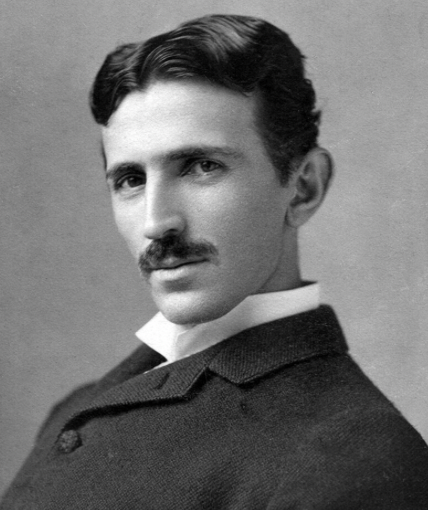Balance Energy
with Dowsing
House, Food, Chakras
What is Dowsing?
Dowsing, or radiesthésie as it's known in French, is a fascinating technique with a surprisingly broad range of applications. Far from being confined to one specific area, it can be employed as a form of diagnostic tool for a multitude of things around the home, from assessing the quality of your food and food supplements to potentially identifying underlying issues. It's most commonly practised using a pendulum or a pair of divining rods (often referred to as "two sticks"). But the scope of dowsing extends even further! The ability to locate water sources is perhaps one of its oldest and most well-known applications. Imagine communities in arid regions relying on the skilled dowser to pinpoint those precious underground reserves – a truly vital service throughout history. Interestingly, even large oil companies have, in certain periods and regions of the world, explored the use of dowsing techniques in their search for oil deposits. This might raise a few eyebrows, but it highlights the enduring intrigue and the perceived potential of this practice across various sectors.

With Sticks
Sticks are my favourite tool because they use both hands. It's a bit like yin and yang, constantly searching for balance between the two polarities. The most well-known use of sticks is to detect water sources or for mining exploration.

With Pendulum
The pendulum is easier to use because it only requires one hand. In ancient times and in the Middle Ages, suspended objects were already used to obtain answers or to detect things.
How does it work?
We humans rely on our five senses to navigate and connect with the world around us. However, as powerful as they are, our senses have inherent limitations. Take our vision, for instance. While it allows us to perceive a vast spectrum of light, we remain oblivious to the invisible realm of electric and electromagnetic waves. Yet, we know these waves are all around us, powering our technology and influencing our environment. Interestingly, the animal kingdom often possesses sensory capabilities that surpass our own. Many creatures can perceive sights, sounds, and even smells that lie completely outside the range of our human brains. This highlights that there's a wealth of information in the universe that our ordinary senses don't readily access. But what if we could tap into another way of perceiving this hidden information? This is where the concept of intuition comes into play. Think of it as an inner knowing, a subtle awareness that can sometimes provide insights beyond logical reasoning. In the context of dowsing, tools like the pendulum or divining rods can be seen as fascinating mediators – bridges, if you will – between our deepest intuition and the external world.
The language of dowsing - based on a Grammar
One of the intriguing aspects of dowsing is that there isn't one universal "language" for interpreting the movements of the tools. The specific grammar can vary from one school of thought to another, or even from individual to individual. In my own practice, I work with a compelling principle: the law of balance. This resonates deeply with the natural world, where systems constantly strive for equilibrium. Let's illustrate this with the analogy of a pendulum. Just as a pendulum swings from left to right, eventually settling at its vertical resting point – the "zero" point, representing perfect balance – so too does everything in the universe seek this state of equilibrium. Let's take an example: I'm hungry. Hunger represents a lack that we can reduce mathematically to '-1'. The food in front of me will satisfy my hunger; we could say it symbolises ‘+1’. If I eat, the +1 and -1 come together to become '0'. I won't be hungry anymore. Balance is achieved." This elegantly demonstrates how we can interpret the pendulum's (or rods') response in terms of achieving balance. A state of imbalance (-1, hunger) seeks its opposite (+1, food) to return to a state of equilibrium (0, satiation). This concept of balance can then be extended to other areas of dowsing. Whether you're assessing the energy of a space, the compatibility of a food supplement, or the presence of something you're seeking, you are essentially looking for the pendulum or rods to indicate a movement towards or away from this state of balance. By understanding and applying a "grammar" based on the law of balance, you create a framework for interpreting the subtle movements of your dowsing tools and gaining insights into the world beyond our ordinary senses.
Connection with Buddhism and Taoism
To understand energetic balance—always shaped by duality—we can turn to the teachings of Buddhism. Before his enlightenment, the Buddha had a profound realization. He overheard someone speaking about a musical instrument: “If the string is too tight, it will snap. If it is too loose, it will not play.” True harmony lies in the middle path—neither excess nor deficiency. This insight resonates with the Taoist vision of the universe, embodied in the Taoist symbol of the yin and yang. Yin and yang represent the dual forces of nature, always in motion, always seeking balance. Life flows through the dynamic tension between opposites—light and shadow, action and stillness, masculine and feminine. Whether through Buddhist wisdom or Taoist philosophy, we are invited to reconnect with this inner balance. It is not about eliminating opposites, but about learning to dance between them—consciously, humbly, and in tune with the deeper rhythm of life.
What is the benefit?
Perhaps the most significant advantage of embracing dowsing is the power it gives you to make your own informed choices, leading to a greater sense of personal freedom and autonomy. Instead of solely relying on external advice or chance, you can tap into a deeper level of awareness to guide your decisions.
Here are some compelling examples that illustrate the practical benefits of dowsing in everyday situations:
-
Navigating Health Choices: Imagine you’re at the chemist’s, needing something for a sore throat. The pharmacist suggests three different remedies. Faced with this choice, how do you decide which will be most effective for you? By using your pendulum or divining rods, you can potentially identify the remedy that resonates best with your body’s energy, allowing you to make a more personalised and potentially more beneficial selection.
-
Uncovering Hidden Sensitivities: During a trip to Colombia, I visited a food shop and used my chopsticks (a fascinating variation on divining rods!) to identify foods that were beneficial for me. The shop assistant’s curiosity led to a remarkable discovery. By using my chopsticks, I could discern that her daughter, who was experiencing eating difficulties, was likely lactose intolerant. This highlights how dowsing can sometimes reveal underlying sensitivities or imbalances that might not be immediately obvious.
-
Addressing Unseen Influences: A friend contacted me, concerned about her daughter’s inability to sleep. Through my dowsing, the chopsticks indicated the presence of what I perceived as a lost soul in the child’s bedroom. Following a ritual to address this, the daughter was able to sleep soundly the very next night. This example, while perhaps unconventional to some, demonstrates the potential of dowsing to explore and address energetic or spiritual factors that might be impacting well-being.
My story

My introduction to the fascinating world of dowsing was far from planned – it arose from a rather unsettling personal experience. Back in 2010, I moved into a brand-new flat, full of anticipation for a fresh start. However, the reality of my first night there was anything but restful. I found myself unable to drift into a deep sleep, tossing and turning without respite.
The following nights brought a new and unwelcome symptom: persistent headaches that would wake me up in the small hours. It became a pattern – the longer I stayed in the flat, the more intense these headaches became. Curiously, whenever I left the flat, even for a short period, the headaches would inexplicably disappear. This stark contrast led me to suspect something within the environment was affecting my well-being.
Seeking answers, I decided to call in a professional dowser. Her expertise provided a revelation. After carefully assessing the property, she diagnosed the presence of a nearby telephone aerial, situated approximately 300 metres away. According to her findings, the radiation emitted from this aerial was passing directly through my flat, creating an invisible yet potent influence.
This experience was a pivotal moment. It was then that I realised I was likely electro-sensitive, a condition where individuals experience adverse reactions to electromagnetic fields. The impact on my health was significant enough to necessitate a move to a different living space.
This personal encounter sparked a deep curiosity within me. Instead of simply accepting this sensitivity, I felt compelled to understand the phenomenon and the tool that had identified it. This led me to pursue formal training in dowsing. I embarked on a journey of learning, first in Belgium and subsequently in France, eager to master the techniques and principles behind this intriguing practice.
My exploration didn’t stop there. As my understanding of dowsing deepened, I began to see its potential beyond environmental diagnosis. Later on in my career, I learned to integrate this powerful tool into my work as a coach and psychotherapist. I discovered that dowsing could offer valuable insights into the energetic and subconscious aspects of my clients’ challenges, providing a unique and often illuminating perspective to our sessions.
My initial experience with electro-sensitivity, while challenging, ultimately became the catalyst for my journey into the world of dowsing. It was a personal awakening that not only explained my own health issues but also opened a door to a practice that I now use to help others gain a deeper understanding of themselves and their environment.
“If you want to find the secrets of the universe, think in terms of energy, frequency, and vibration.”

Nikola Tesla
